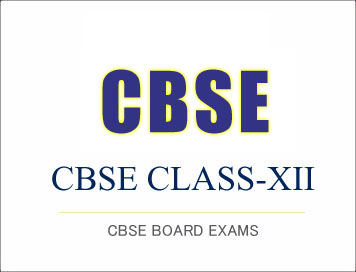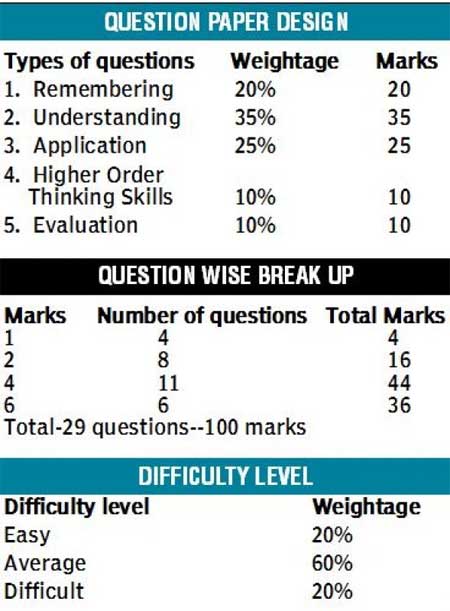
Difficulty level reduced in Class 12th maths question papers
by CBSE
Following the outcry from parents and students over tough
maths paper in the class 12 exams in March, the Central Board of Secondary
Education (CBSE) has reduced the difficulty level in the new maths question
paper pattern for 2017 board ex-ams.
As per the new pattern, the maths question paper will have 80 per cent of
questions with the difficulty level of ‘easy’ and ‘average’. Only 20 per cent of
the questions alone would be at ‘difficult’ level.
‘CBSE has added two mark questions in the new format.
Earlier, it had only 1, 4 and 6 mark questions. The new pattern is student
friendly,’ said L. Neelakanta Pillai, principal, Kola Perumal Chetty Vaishnav
Senior Secondary School, Chennai.

Welcoming the change he said, ‘CBSE has reduced the weightage
for questions based on Higher Order Thinking Skills (HOTS). Previously the
weightage given for HOTS was 25 per cent now it has been reduced to 10 per
cent.’
Of 100 marks, 55 marks will be given to the questions which
will test the remembering and understanding skills of the students. Application
oriented questions will be asked for 25 marks and higher order thinking skills
based questions and evaluation based questions will be asked for 10 marks each.
CBSE also said there will be no overall choice in the question paper.
Following the maths paper this year many representations from the students
and parents were sent to CBSE saying that students were losing out to state
board students in the comparative rankings.